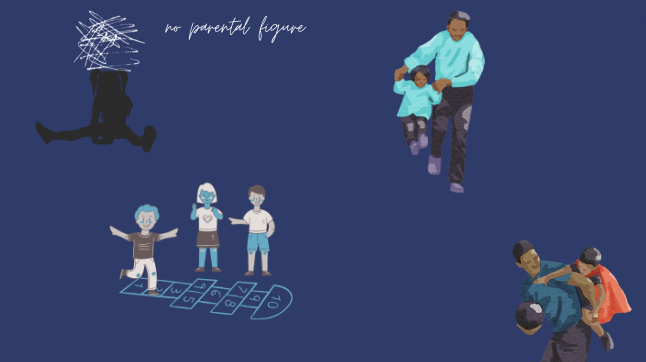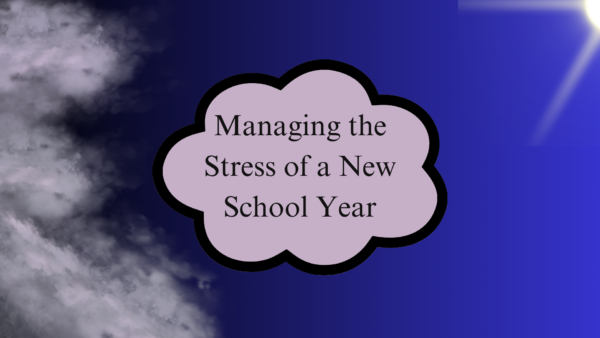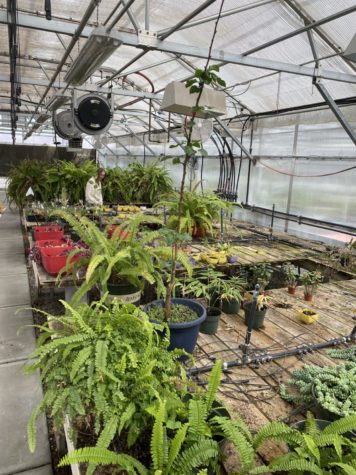Class size cause discomfort

December 26, 2015
In the modern classroom, students are surrounded by more people than they’d usually expect.They are in an overcrowded classroom, with an environment that has become too full to support all the students, thus affecting their learning and education. This also affects teachers, as it can overload them with work and leads to lost assignments and upset students.
Overcrowding affects Core and Honors classes alike. When asked if bigger classes were beneficial or detrimental Science teacher Mrs. Natalie Paxton said “No (detrimental); the big thing is that it’s harder for one on one conversations.” She said, “Students who don’t [usually] struggle are better off…” But for science classes, larger numbers also lead to increased accidents, as Paxton states “But lab safety is more difficult to maintain [with bigger classes.]” as all four of Paxton’s honors classes are overcrowded. To Ms. Paxton, “Ideal [class size] is 25 to 30 students, [but] it becomes harder with smaller classes.”
Paxton has had experience with big classes. She said the classes she teaches are hard, like Honors Chemistry and College prep, but they are often overcrowded due to “Parents [who] encourage it.”
Students agree that there is an overcrowding problem throughout the school, as well. Ashton Johnson, senior, said “Smaller is better because it is more one on one.” These overcrowded classes often occur in required-to-graduate classes. When asked about whether or not he would like a smaller class size, Johnson said “I would like smaller English, Math and Government classes.” All three of these are required for a senior student to graduate from high school, and, since they are required, they often have the highest number of students, to ensure they gain essential basic skills.
Teachers agree with this sentiment. Ms. Erika Cooper, currently student-teaching in Mrs. Borrowman’s sophomore class said, “Because we let [classrooms] get so big, and the students don’t have much of a say in where they’re put. The school puts them in classes, and students have no control over class sizes.”
Coach Rod Wells said “The bigger the class, the less students you reach. You lose the 1 on 1 experience.” He also said that students take physical education classes because “It’s a break from regular school. It’s been proven that exercise promotes brain activity.”
French teacher Mr. Lou Brancourt also agrees that large classes are a bad situation, but small classes can be bad as well. He said on this matter “My 4A class is only less than 20 [students] because it is a combination of French 4 and 5.” On disadvantages of small classes, he said, “Too small is hard too, because I like group work, and it is easier when I have around 20 students.”
Reducing class size can also improve student behavior and diminish dropout rates. According to Edutopia’s Jill Jenkins,“For secondary schools there are two goals: Lower dropout rates and increase standardized test scores. Lowering class size does both.” According to studies done by the Tennessee STAR (student teacher achievement research) between 1985 and 1989, classes with sizes at least 40 in number do lower in testing, with recent SAGE reports stating that classes in the 52 student range score Ds and Fs on the SAGE test more often.
Peter Ungar, Editorial Writer of the New York Times states “It is more difficult to teach a class with a wide range of academic abilities and behavior patterns than to teach a fairly homogenous class of the same or larger size.”
However, this is not always the case in schools. One of the biggest advocates for larger classes is Choir teacher, Mrs. Leah Tarrant. “I like big numbers. I wish concert choir had more people; it currently has 70, and I would like it at 85 or 90. [I would like] Bigger class sizes, yes, but I’m the exception. [Students take my classes] because they enjoy it, and it is a break from other classes as well, and they get to be part of a cool team.”
Students agree with her on this. Giovanni Alonso, senior, says big classes are beneficial socially because “We can make new friends easier; but I haven’t made any lasting friends this way yet. And no, I wouldn’t really like a smaller class size.”
Online sources like Teachnology.com agree “Many people work from the general assumption that it’s always better to have as small a class size as possible. This has been proven time and time again to be little more than a misguided assumption. The fact that high achieving students will look for smaller classrooms will show… that small classes achieve higher grades because of the students which compose the classes, not because of the particular method of teaching.”














